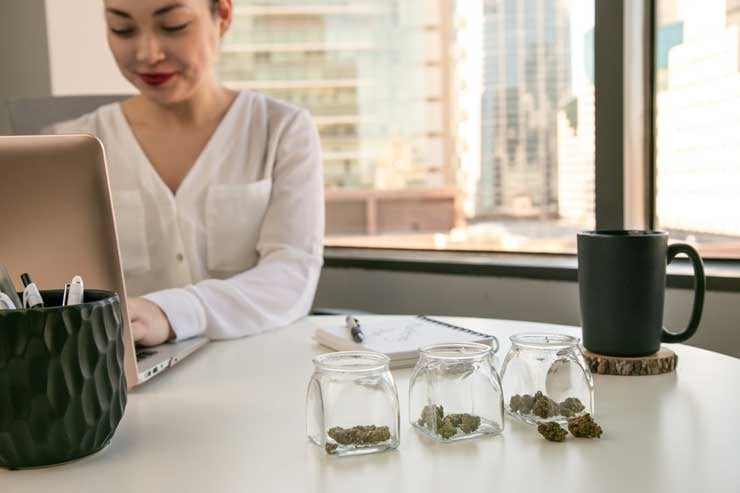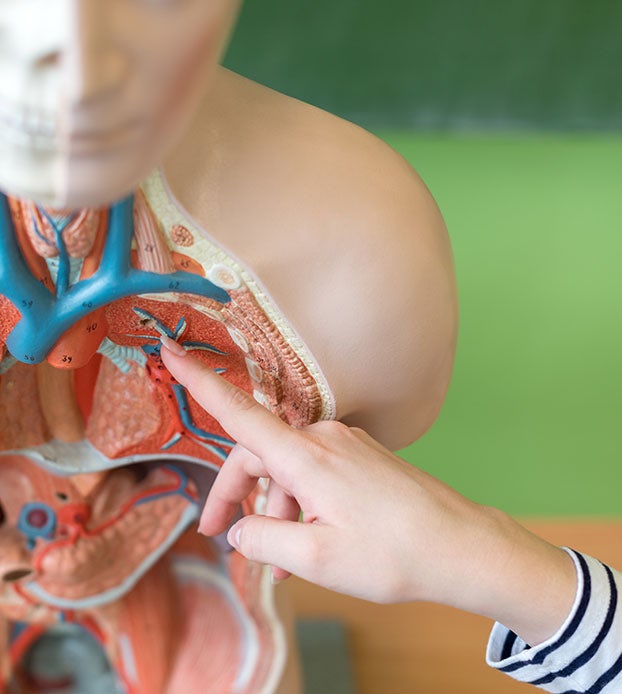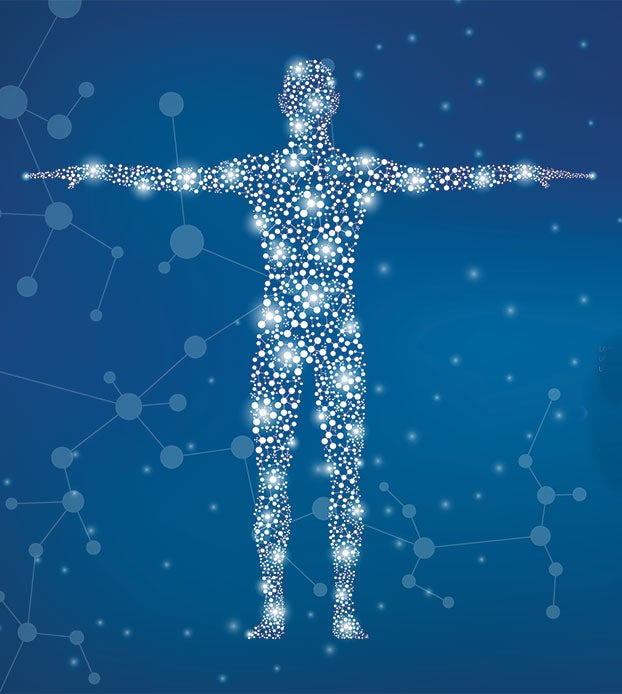The annals of marijuana history are surely filled with no shortage of winding, late-night conversations between cannabis consumers about how exactly to classify the plant. It calms the nerves, but is it a depressant? Cannabis sparks creativity and gets the mind racing, but is it a stimulant? And while it can put a certain misty, ethereal haze on the here-and-now, does that make it a hallucinogen?
➤ Get your medical card now with The Cannigma Medical
In order to answer those questions — Is marijuana a hallucinogen? Is weed a stimulant? Is cannabis a depressant? — let’s look at the terminology.

Is marijuana a depressant?
What are depressants?
- Produce a relaxing, tranquilizing effect
- Slow down brain function
- Include alcohol, benzodiazepines, and opioids
Commonly referred to as “downers,” depressants are drugs that produce a relaxing, calming, even tranquilizing effect. They slow down your brain function and can be used to treat anxiety, muscle spasms, insomnia, and seizures.
Well known depressants include benzodiazepines (“benzos”) like Valium, Xanax, and Klonopin, often used to treat anxiety and insomnia, antipsychotics like Zyprexa (Olanzapine) and Haldol, and barbiturates like Nembutal and Seconal, which have a strong sedative effect.
Arguably the most famous depressant by far though, is alcohol. It causes many of the classic side effects of depressants — impaired memory, slow reaction time, a tranquilizing effect, and can cause slurred speech.
One of the most well known types of depressants, however, are opioids. These drugs interact with opioid receptors in the body, are prescribed for pain, and can be used for anesthesia. They can be highly addictive, and include legal pharmaceuticals like Oxycontin, Fentanyl, and Vicodin. Similar to opioids, opiates are drugs that are naturally derived from the opium poppy, and include codeine, heroin, and morphine.
Depressants can be highly addictive and easily abused. In the United States alone, the number of overdoses on benzodiazepines climbed from 1,135 in 1999 to 11,537 in 2017. Opioid abuse has become a national crisis in the United States, and on average 130 people die every day in the United States from opioid overdoses, according to the Centers for Disease Control and Prevention. In 2018, 10.3 million people misused prescription opioids in the United States, and 2 million had an opioid use disorder, according to the National Survey on Drug Use and Health.

Is marijuana a hallucinogen?
What are hallucinogens?
- Altered perception of reality
- Create distorted visuals and sense of space and time
- Include LSD, Mescaline, Psilocybin (magic mushrooms), DMT, Salvia
Hallucinogens are drugs that alter the user’s perception of reality, sometimes to an intense degree. The user can experience strong visual distortions, a warped sense of space and time, and in some cases, even hallucinations. They are typically classified into three types: psychedelics, deliariants, and dissociatives.
Well-known psychedelics include lysergic acid diethylamide (LSD), commonly known as “acid,” mescaline (found in the buttons of peyote and San Pedro cacti), psilocybin (the active chemical in “magic mushrooms”), and Dimethyltryptamine (DMT).
Dissociative drugs include Phencyclidine (PCP or “Angel dust”), Ketamine (“Special K”), and in high doses, cough syrups based on Dextromethorphan. These drugs produce a strong dissociative feeling from the user’s environment.
Deliriants produce effects similar to sleepwalking or a fugue state, and are less commonly used for recreational purposes.
Hallucinogens have a well known history as psychiatric drugs and psilocybin (mushrooms), LSD (acid), and mescaline were all manufactured by major pharmaceutical companies for use in research and/or psychiatric therapy until they were rescheduled as controlled substances in 1967.
For centuries, indigenous peoples in the Americas have used San Pedro and Peyote cacti for ritualistic and medicinal purposes. In the United States, federal law protects the ceremonial use of peyote by Native Americans.
And while Ketamine was originally developed as an anesthetic, it is gaining popularity as a treatment for depression and anxiety.
Is marijuana a stimulant?
What are stimulants?
- Increase alertness and energy
- Can elevate mood and be habit forming
- Include methamphetamines, cocaine, Ritalin, caffeine
Commonly referred to as “uppers,” stimulants are drugs that boost your alertness and energy and give you a euphoric, elevated mood — until you come down.
Common stimulants include cocaine, methamphetamines, Ritalin, and the caffeine in your morning coffee. Stimulants can be highly habit forming, and can produce a “crash” when the effects wear off.
Stimulants such as Ritalin and Adderall are commonly prescribed as treatment for attention deficit disorder (ADD) and attention deficit hyperactivity disorder (ADHD), though they can also be highly habit forming, like many other stimulants.

Where does weed fit in? Marijuana can be a depressant
Marijuana definitely can provide some of the same effects as depressants, and perhaps this is what it’s most popularly associated with.
Consuming marijuana can produce a calming, relaxing effect that can also soothe pain and ease anxiety. Taken before bedtime, it can counter insomnia and help people sleep through the night. Many people enjoy cannabis because of the “couch lock” effect, where it helps them sink into the couch or favorite chair and get deeply — deeply — into their favorite TV show.
It can also produce some of the negative effects associated with downers, including sluggishness, short-term memory loss, and lowered motivation at times.
There is another side to the coin, though.
Marijuana can also be a stimulant
Using cannabis can elevate your mood, heighten your creativity, and make you feel especially interested in music, movies, and the outdoors. It can heighten the senses and make sex and physical intimacy more enjoyable. By making everyday tasks more fascinating and enjoyable, it can be an energy boost that many find motivating.
It can also have some of the negative effects of stimulants. For many people, marijuana can produce anxiety and paranoia, which in really severe cases can produce panic and fear. It can also increase the heart rate and for many people make it harder to sleep as the mind races. To some extent, it can also have a “crash” like stimulants, producing a “marijuana hangover” of sorts.
And while marijuana typically does not cause the same powerful, dissociative, and reality-bending effects associated with hallucinogens, this is not always the case. Someone who takes far too high a dose — especially with edibles — could feel effects similar to those of hallucinogens. Their perception of time could slow down, they could enter a dreamlike state, they could even find that their grasp of reality has loosened a bit as their earthly bonds begin to slip.
Indica vs sativa
When it comes to how to classify or characterize marijuana, the type or chemovar in question shouldn’t be overlooked.
Most cannabis strains are commonly categorized into sativa and indica (hybrids have also become very common). Conventional wisdom is that sativa strains produce a more energetic high that makes it more suited for daytime use, while indica strains produce more of a relaxing body high that are more suited for winding down at the end of the day.
And while these distinctions are taken as a sort of gospel within wider marijuana culture, there is no scientific evidence to support them.
Another aspect of cannabis that can play a role is a given strain’s profile of terpenes. Terpenes produce a variety of flavors and aromas in cannabis, and can affect the potency and effects of the plant.
In addition, the amount of THC (tetrahydrocannabinol, the primary cannabinoid that produces the intoxicating effects of marijuana) in a particular strain should play a role in the potency of the strain, and how the user feels.

Is weed really a drug anyway?
With medical or recreational marijuana (or both) now legal in dozens of states — and considered an essential service during the COVID-19 pandemic — it’s understandable that many people no longer see it entirely as a “drug,” at least not in the most lurid sense of the term.
Legalization has bolstered mainstream acceptance and normalization of cannabis use, as has the growing body of evidence of its effectiveness as a form of medical treatment for a wide array of health conditions. Nonetheless, marijuana does have the classic hallmarks of a drug — mainly, it can alter your mental and physical state.
In addition, while cannabis is very safe to use, for some people it can be habit-forming and have problematic side-effects and interactions with medication. Like any drug, it should be used responsibly, and if taken for medical reasons, in concert with the advice of a healthcare professional.
The bottom line
For some users, a certain strain will produce a sensation that is more lively, while for others, the same strain may produce a tranquil, relaxing effect. Another user could try the exact same strain and feel neither lively or tranquil, they could feel anxiety and paranoia, or just have a heightened appetite and a newfound fascination with jazz. Add to that the biphasic response curve of cannabis, and things get even less clear-cut.
So what type of drug is weed? The bottom line is that it’s hard to simply say that cannabis is either an upper or a downer, or that it’s a hallucinogen. Simply put, marijuana is in a league of its own.
An earlier version of this article was originally published on March 26, 2020.
Sign up for bi-weekly updates, packed full of cannabis education, recipes, and tips. Your inbox will love it.

 Shop
Shop Support
Support
















